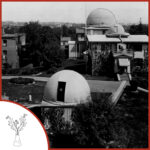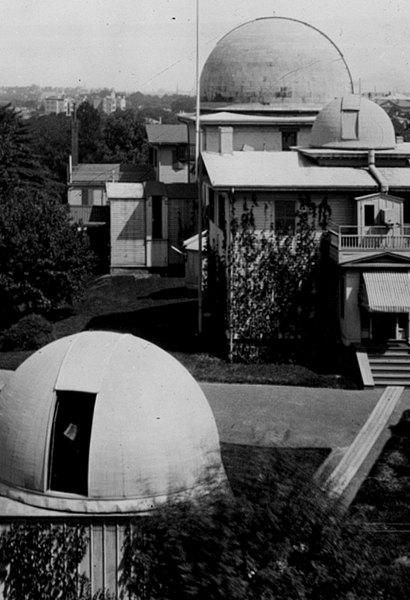

Birth: September 15, 1875
Death: January 4, 1904
Specialty: Astronomy
Major Contributions:
One of the first Harvard Observatory computers
Calculated orbital path of the asteroid Eros
Published a catalog of the stars near North and South Poles
After her father’s untimely death, Anna Winlock followed in his footsteps at the Harvard Observatory and completed his unfinished work.
Even though she was just out of high school, as the eldest child it fell to Anna to find work to support the family. Presenting herself to the interim director of the observatory, she asked for work calculating the decades of data left behind by her father using the principles of mathematical astronomy she learned from him.
The director was unable to sift through the work himself and didn’t feel he had the funds to hire someone to do the work – he did offer Winlock a job reducing the observations to usable data, but at a pay rate of less than half of others performing the same work at the time, because she was a woman.
As one of the first human computers at the observatory she was soon joined by many other women doing similar work and making great contributions to the field of astronomy. Winlock spent thirty years at Harvard and contributed to many projects including working with her father’s data.
The project he had started years before was a multi-national preparation of a comprehensive star catalogue which divided the sky into zones denoted by circles parallel to the celestial equator. The section called the “Cambridge Zone” became the focus of her research and she spent over twenty years on the project contributing significantly to the Astronomische Gesellschaft Katalog which contains information on more than 100,000 stars.
She also worked on other projects including calculating the circular orbits of the asteroids Eros and Ocllo, helping to determine the elliptical elements of the latter. Her discovery of this orbit brought attention from the media to her work and the work of other women in astronomy.
Another part of her job was to supervise the creation of the Observatory Annals where she helped to create the 38-volume collection of tables that provide the positions of variable stars in clusters. These publications included her own observations of stars close to the North and South Poles.
Passing away suddenly at the age of 47, she was still able to demonstrate the great potential for women in astronomy.
Written by Angela Goad
Sources:
Women in Science: Antiquity through Nineteenth Century
See Also:
Smithsonian Magazine: The Women Who Mapped the Universe and Still Couldn’t Get Any Respect
Atlas Obscura: How Female Computers Mapped the Universe and Brought America to the Moon
The Memory Palace: 400,000 Stars
